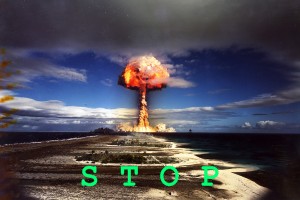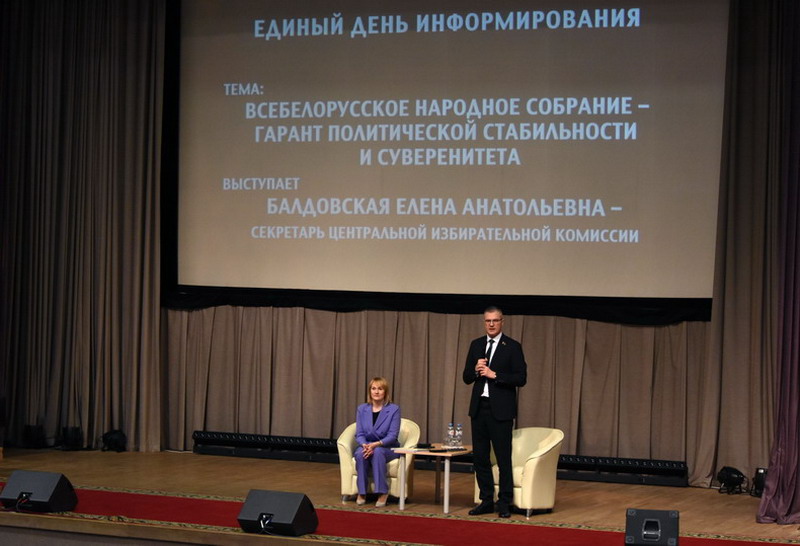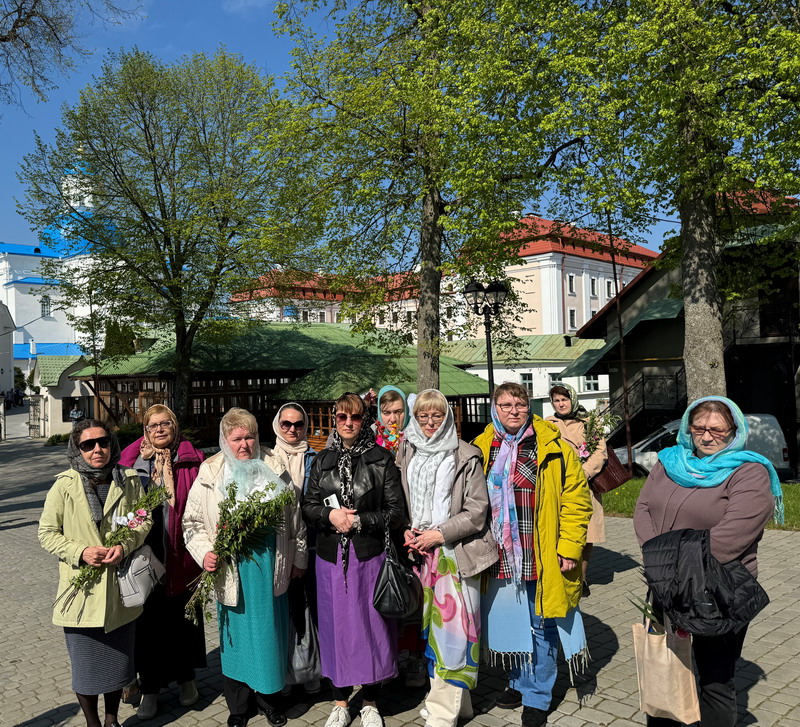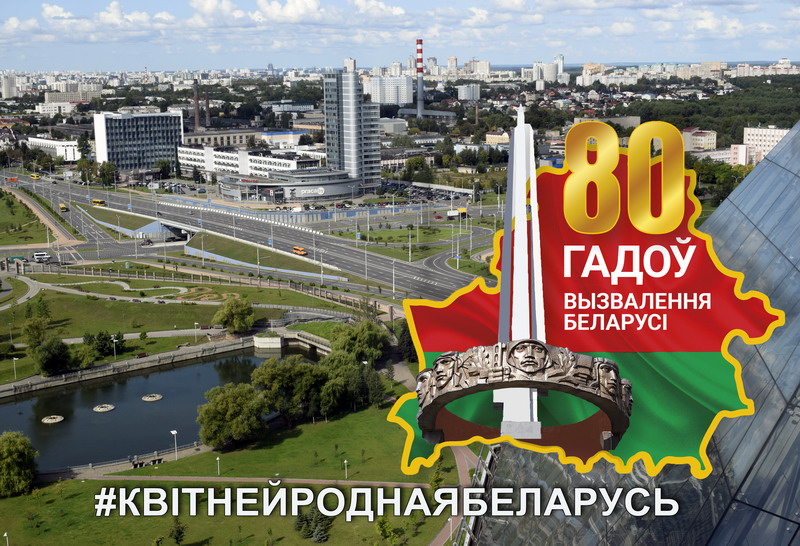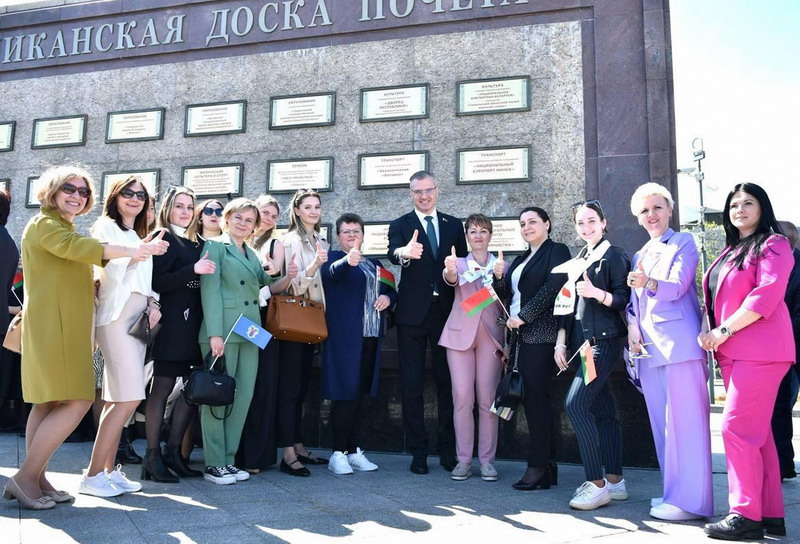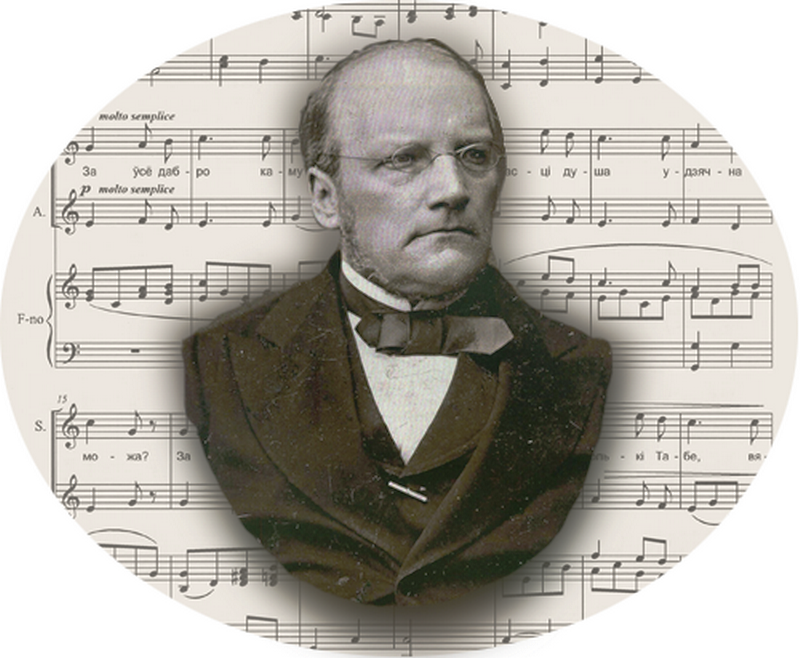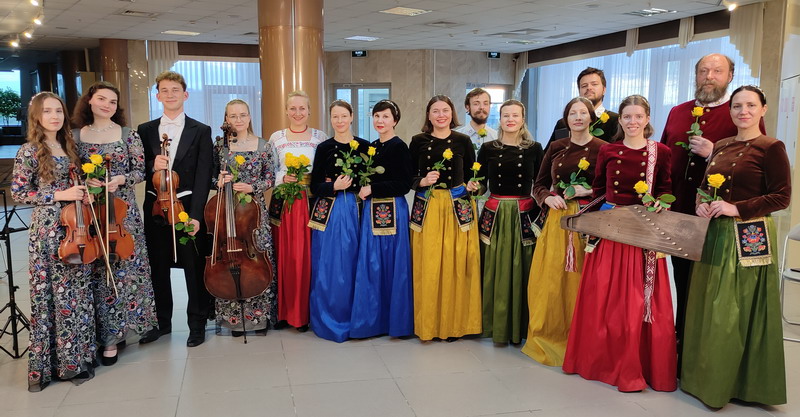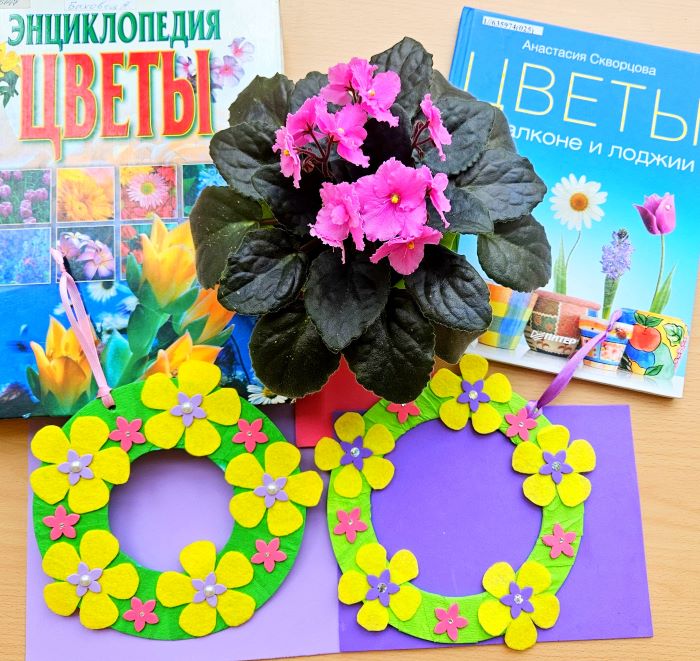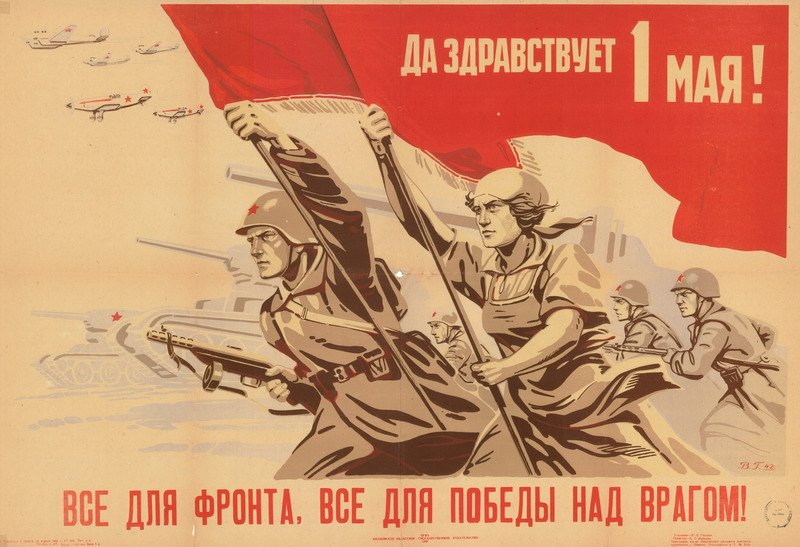From 16 August to 18 September, at the Documents of International organizations Reading Room (room 207g) works a book exhibition “Denuclearized world for the new generation” devoted to the International Day against Nuclear Tests.
This day was declared on 2 December 2009 on the 64th session of the United Nations General Assembly (resolution 64/35). Since 2010 it has been annually commemorated on 29 August.
The suggestion to proclaim the International Day against Nuclear Tests on 29 August was proposed by the government of Kazakhstan. It was the day in 1991 when the President of Kazakhstan Nursultan Nazarbayev officially closed the Semipalatinsk nuclear test site where the former USSR conducted 456 exposures of nuclear weapons which consequences were devastating and fatal for environment and population. In the project of the resolution there was proposed to devote the International Day against Nuclear Tests to active informing of people about nuclear test effects. And for this reason it was proposed to make all over the world events of social, political and educational character on which politicians, public figures and scientists could have an opportunity to exchange of views on the questions of nuclear testing prohibition and the mobilization of efforts on the strengthening of the peace and the stability on the whole planet.
According to the authors of the resolution such an activity must be one of the key means of achieving the goal of a nuclear-weapon-free world. This suggestion was unanimously approved by the international society. Co-authors of the resolution were 26 countries, including Armenia, Belarus, Tajikistan and Turkmenistan.
The history of nuclear testing began on 16 July 1945 at a desert test site in Alamogordo, New Mexico, when the United States exploded their first nuclear bomb. The Soviet Union carried out the first test of a nuclear bomb on 29 August 1949. This day marked the beginning of the nuclear arms race or the Cold War between the USSR and the USA. Nuclear testing peaked in the late 1950s and early 1960s. The year 1962 alone saw as many as 178 tests: 96 conducted by the United States and 79 by the Soviet Union. Nuclear weapon tests were carried out in all natural environments: above ground, underground and underwater.
Many attempts were made during the Cold War to negotiate about a comprehensive test ban. The 1963 Partial Test Ban Treaty banned nuclear testing for military and for peaceful purposes, in the atmosphere, underwater and in space. In 1974 the Treaty on the limitation of Underground Nuclear Weapon Tests was concluded between the USSR and the United States. According to this Treaty the power of underground tests can’t exceed 150 kilotons.
In 1990, the Soviet Union proposed a moratorium on nuclear testing that was approved by the United Kingdom and the United States. In the Soviet Union the last nuclear test was made on 24 October in 1990; on 26 November, 1991 - in Great Britain and on 23 September 1992 - in the United States. France and China conducted the last tests in January and July of 1996. For five decades, between 1945 and 1996, over 2000 nuclear tests were conducted in the world. Some six nuclear tests were conducted after 1996 in spite of the existence of the Comprehensive Nuclear Test Ban Treaty (CTBT).
This Treaty has been signed in 1996, but it has not come into force yet. Otherwise, 182 countries have signed, of which 153 have ratified the Treaty. The treaty must be ratified by nine countries: China, Democratic People’s Republic of Korea, Egypt, India, Indonesia, Iran, Israel, Pakistan and the USA and only than it can enter into force. The Treaty bans nuclear testing everywhere on the planet: surface, atmosphere, underwater and underground. When the treaty comes into force it will help the world community to hold the level of expenses on nuclear weapons and save the world from nuclear threat.
More than 70 documents on Russian, English and Germany languages (books, periodicals and booklets) are shown on the exhibition.
The exposition includes the following sections:
- The history of nuclear weapon creation. Nuclear tests. The armaments race;
- Nuclear disarmament and non-proliferation of nuclear weapons;
- The ending of nuclear tests. The Comprehensive Nuclear Test Ban Treaty (CTBT);
- International laws and agreements aimed at non-proliferation, reduction and the ending of nuclear tests.
The exhibition can be interesting to specialists on disarmament and security,nuclear power,international relations, and also political scientists, ecologists, sociologists, students and university professors.
References:
- The International Day against nuclear tests
- The Comprehensive Nuclear-Test-Ban Organization
- Nuclear Security Summit
- The conferences of the treaty participants on non-proliferation of nuclear weapons about the work of the Treaty.
- 2010
- 2005
- Peace and security
- Disarmament
- Disarmament week (24 -30 October)
- Nuclear Weapons
- Nuclear security
- Iran’s nuclear programme
- DPRK’s nuclear programme
Treaties on nuclear weapons and other documents:
- Treaty on a Nuclear-Weapon-Free Zone in Central Asia
- Code of Conduct on the Safety and Security of Radioactive Sources
- Agreement to Regulate the Relationship between the United Nations and the Preparatory Commission for the Comprehensive Nuclear-Test-Ban Treaty Organization (2000)
- Comprehensive Nuclear-Test-Ban Treaty (1996)
- African Nuclear-Weapon-Free-Zone Treaty (1996)
- Treaty on the Southeast Asia Nuclear Weapon-Free Zone (1995)
- South Pacific Nuclear Free Zone Treaty (1985)
- Declaration on the Prevention of Nuclear Catastrophe (1981)
- Declaration on International Cooperation for Disarmament (1979)
- Final Document of the First Special Session of the General Assembly devoted to Disarmament (1978)
- Treaty on the Prohibition of the Emplacement of Nuclear Weapons and Other Weapons of Mass Destruction on the Sea-Bed and the Ocean Floor and in the Subsoil Thereof (1971)
- Treaty on the Non-Proliferation of Nuclear Weapons (NPT) (1968)
- Treaty on Principles Governing the Activities of States in the Exploration and Use of Outer Space, including the Moon and Other Celestial Bodies (1967)
- Treaty for the Prohibition of Nuclear Weapons in Latin America and the Caribbean (1967)
- Treaty Banning Nuclear Weapon Tests in the Atmosphere, in Outer Space and under Water (1963)
- Declaration on the conversion to peaceful needs of the resources released by disarmament (1962)
- Declaration on the Prohibition of the Use of Nuclear and Thermonuclear Weapons (1961)
- The Antarctic Treaty (1959)
- General Assembly resolutions
- Security Council resolutions
- Secretary-General’s reports
- Reports of the United Nations Scientific Committee on the Effects of Atomic Radiation
 |
 |
 |
 |

